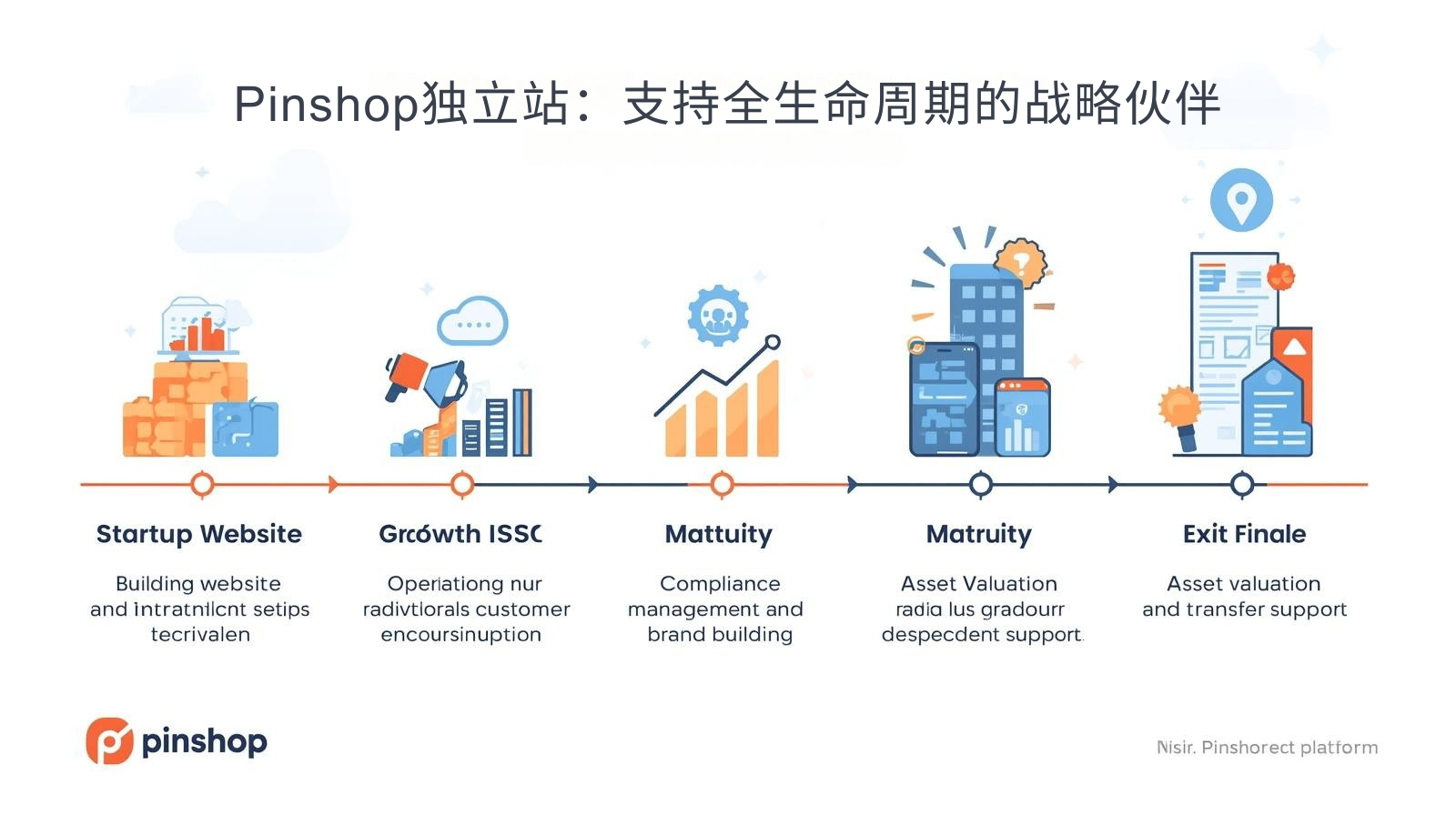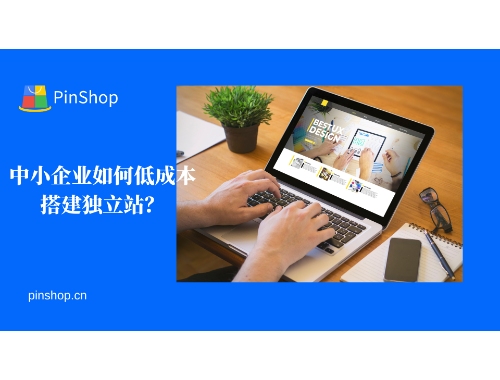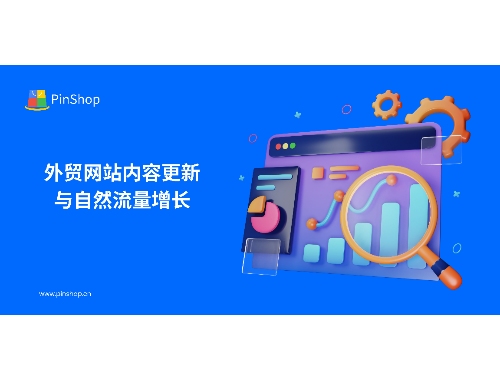Independent websites have become a core tool for businesses expanding digitally overseas, and their business lifecycle directly impacts their global strategic layout. According to research by the International E-commerce Association ( IEA ), independent websites are not only sales channels but also crucial carriers of brand assets and customer data. Before establishing an independent website, companies must clearly define their market positioning, target customers, and long-term development strategies to lay the foundation for subsequent operations and exit.
The life cycle of an independent website can be divided into four stages: creation, growth, maturity, and exit/transfer. Each stage has different strategic priorities, and companies need to plan resources, processes, and compliance strategies in advance to achieve sustainable business growth.
 Establishment period: market positioning and infrastructure construction
Establishment period: market positioning and infrastructure construction
During the initial launch phase, companies need to clearly define their product positioning, target market, and differentiated advantages. Furthermore, the selection of technology and infrastructure for an independent website are crucial, including server stability, website speed optimization, payment system configuration, and security measures. The World Intellectual Property Organization ( WIPO ) emphasizes that securing intellectual property and trademark registrations during the initial launch phase provides legal protection for the subsequent expansion and monetization of an independent website.
In addition, companies need to establish a preliminary content and marketing framework to lay the foundation for search engine optimization and social media promotion, ensuring that the independent website is attractive and has conversion capabilities from the moment it goes online.
Growth stage: Operation optimization and customer relationship management
During the growth phase, the operational strategy of an independent website becomes core. Companies need to leverage data analysis, marketing automation, and customer behavior tracking to achieve targeted customer acquisition and customer lifecycle management. According to the Center for Cybersecurity and Data Protection ( CCDP ), user data management and privacy protection should be strengthened during the operational phase to both comply with laws and regulations and enhance customer trust.
This phase also requires attention to content operations, SEO optimization, and social media integration to create a closed loop for omnichannel customer acquisition. At the same time, companies can adjust product strategies based on user feedback to achieve rapid iteration and market adaptation.
Mature stage: Scaled operations and risk management
Mature independent websites often face the dual challenges of scalable operations and compliance risk management. Companies need to establish standardized operational processes covering order management, financial accounting, inventory management, and multilingual services. The IEA points out that mature independent websites are not only a source of revenue but also a strategic asset for companies. Their operational efficiency and risk control capabilities directly impact their long-term value.
During this phase, companies should strengthen compliance checks, including cross-border taxation, payment security, data privacy, and intellectual property protection, to ensure the sustainable operation of their independent websites. At the same time, they should enhance customer retention and repeat purchase rates through brand building and customer loyalty programs, thereby achieving stable business growth.
Exit period: valuation and asset transfer
Exit strategies for independent websites include sale, merger and acquisition, or brand integration. Companies should conduct a systematic valuation assessment, including customer databases, traffic value, brand influence, and technological assets. WIPO recommends ensuring the clarity of intellectual property, trademarks, and copyrights before exiting to increase the overall value of the independent website.
At the same time, companies should establish standardized handover processes, including user data, operational documentation, supply chain, and contract management, to ensure the integrity and compliance of independent station assets during the transfer process. A sound exit plan not only helps recoup capital but also provides capital support for new business development.
 Pinshop Independent Station: A strategic partner supporting the entire life cycle
Pinshop Independent Station: A strategic partner supporting the entire life cycle
The Pinshop website-building platform provides companies with solutions covering the entire lifecycle of independent websites, from rapid website creation and infrastructure configuration during the startup phase, to operational optimization and customer acquisition tools during the growth phase, to compliance management and brand building during the maturity phase, and finally to asset valuation and transfer support during the exit phase. With Pinshop, companies can not only efficiently build and manage independent websites, but also ensure stable operations in the global market, achieving long-term growth and value realization.
Use Pinshop now to start the full life cycle management of your independent website, helping your company to achieve efficient, compliant and sustainable growth in every link from establishment to exit.
Recommended related articles: Multilingual Independent Station Strategy: Balancing Localization and Internationalization







